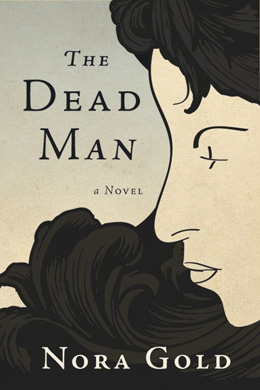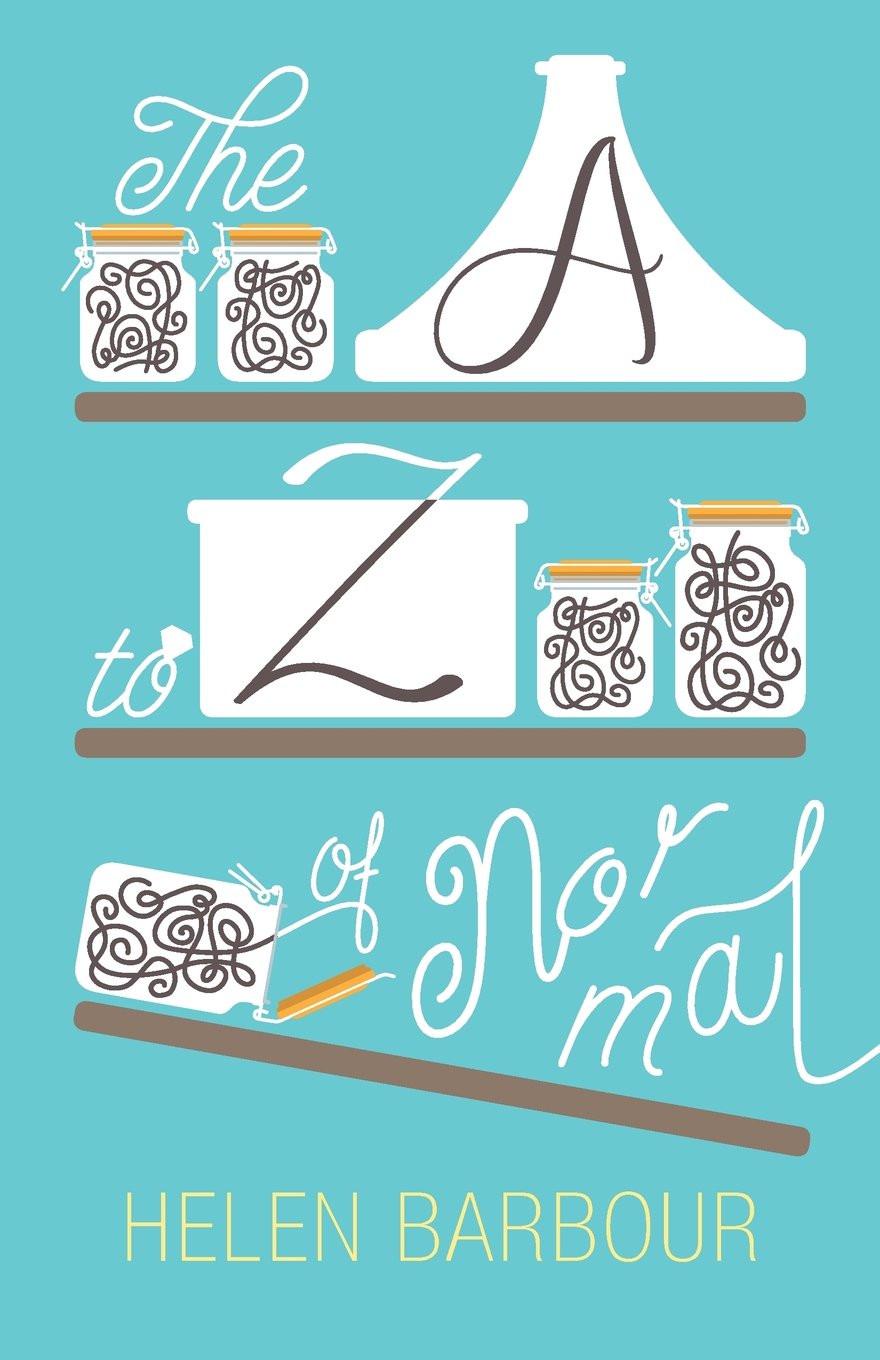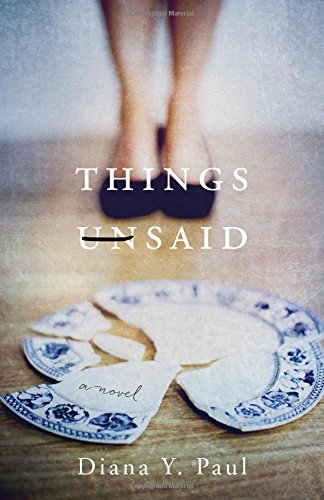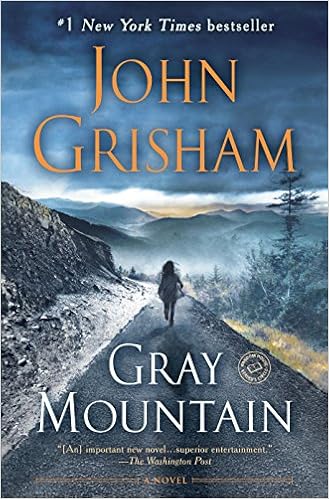 The novel will interest other writers because of its narrative features. Ms. Gold avoids murky stream-of-consciousness passages by presenting the story in the third person. Flashbacks are signalled by a shift from present tense to past. A writer-in-residence at the University of Toronto’s Ontario Institute for Studies in Education, and a prize-winning author, Ms. Gold knows her craft.
The novel will interest other writers because of its narrative features. Ms. Gold avoids murky stream-of-consciousness passages by presenting the story in the third person. Flashbacks are signalled by a shift from present tense to past. A writer-in-residence at the University of Toronto’s Ontario Institute for Studies in Education, and a prize-winning author, Ms. Gold knows her craft.
Category: Commercial FIction Reviews
A review of Brought to Our Senses by Kathleen Wheeler
 In Brought to Our Senses, Wheeler tackles a very sensitive and personal topic with both compassion and pragmatism. Alzheimer’s has been called “the long goodbye”, and while that is unfortunately true, in the case of the Kraus family, the disease brings about some much-needed healing and new beginnings.
In Brought to Our Senses, Wheeler tackles a very sensitive and personal topic with both compassion and pragmatism. Alzheimer’s has been called “the long goodbye”, and while that is unfortunately true, in the case of the Kraus family, the disease brings about some much-needed healing and new beginnings.
A review of The Weekenders by Mary Kay Andrews
 Andrews has two outstanding strengths as an author: character development and attention to detail. She takes readers right to this quiet, beautiful island and gives us a tour of its dwellings, many of which date back to the 1920’s and ‘30’s. Most of her protagonists are strong, funny, Southern women who accept their flaws and own the choices they’ve made, good or bad.
Andrews has two outstanding strengths as an author: character development and attention to detail. She takes readers right to this quiet, beautiful island and gives us a tour of its dwellings, many of which date back to the 1920’s and ‘30’s. Most of her protagonists are strong, funny, Southern women who accept their flaws and own the choices they’ve made, good or bad.
A review of My Name is Lucy Barton by Elizabeth Strout

A review of The A to Z of Normal by Helen Barbour
 The A to Z of Normal, by British author Helen Barbour, is a “relationship novel,” but has more to say than a romance, or a “chick lit” book. Readers like to learn while being entertained, and in this novel, Ms. Barbour gently educates us about Obsessive-Compulsive Disorder and deserves praise for recognizing the dramatic potential in a subject seldom-explored in fiction.
The A to Z of Normal, by British author Helen Barbour, is a “relationship novel,” but has more to say than a romance, or a “chick lit” book. Readers like to learn while being entertained, and in this novel, Ms. Barbour gently educates us about Obsessive-Compulsive Disorder and deserves praise for recognizing the dramatic potential in a subject seldom-explored in fiction.
A review of Things Unsaid by Diana Y Paul
 Paul presents a solidly-written cast of characters who are relatable in their imperfections and sense of duty to both their blood and created families. Readers are sure to recognize at least a trace of their own family dynamic in these characters.
Paul presents a solidly-written cast of characters who are relatable in their imperfections and sense of duty to both their blood and created families. Readers are sure to recognize at least a trace of their own family dynamic in these characters.
A review of Gray Mountain by John Grisham
 Grisham employs several new strategies that constitute his most meaningful strides towards lessening prejudice against women and giving them a strong status in the legal field as is true nowadays in attempting to create a strong novel with a strong heroine: nearly no objectification towards women, objectification of men, and verbalized desire to change their status quo and lessen objectification.
Grisham employs several new strategies that constitute his most meaningful strides towards lessening prejudice against women and giving them a strong status in the legal field as is true nowadays in attempting to create a strong novel with a strong heroine: nearly no objectification towards women, objectification of men, and verbalized desire to change their status quo and lessen objectification.
A review of Wild Things by Brigid Delaney
 Though it is an intense and sometimes brutal read, Wild Things reveals its truths slowly, showing rather than telling, in the spaces between the story. The mystery of what exactly happened to Alfred is what drives the narrative forward, almost with a detective story pace,but in terms of its themes and the development of the characters, the story cuts deeply. The multi-layered narrative structure with its reversing arcs between Ben and Toby is particularly effective.
Though it is an intense and sometimes brutal read, Wild Things reveals its truths slowly, showing rather than telling, in the spaces between the story. The mystery of what exactly happened to Alfred is what drives the narrative forward, almost with a detective story pace,but in terms of its themes and the development of the characters, the story cuts deeply. The multi-layered narrative structure with its reversing arcs between Ben and Toby is particularly effective.
A review of After You by Jojo Moyes
 After You has many strengths, including an important theme and a compassionate, capable central character who follows her instincts in the face of unsolicited advice. Well structured, with much dramatic tension, After You can stand alone, independent of Me Before You. Significant information from the earlier novel is worked smoothly into the narrative in a way that maximizes suspense.
After You has many strengths, including an important theme and a compassionate, capable central character who follows her instincts in the face of unsolicited advice. Well structured, with much dramatic tension, After You can stand alone, independent of Me Before You. Significant information from the earlier novel is worked smoothly into the narrative in a way that maximizes suspense.
A review of The Dressmaker by Rosalie Ham
 Readers enjoy seeing the triumph of an underdog, particularly one who has been good to her persecutors and has given them a second chance to treat her decently. Rosalie Ham’s witty writing and clever structure make this novel exceptional. The division of the book into four sections: Gingham, Shantung, Felt and Brocade, is not just a cute way of furthering the sewing motif; rather, the names are symbolic.
Readers enjoy seeing the triumph of an underdog, particularly one who has been good to her persecutors and has given them a second chance to treat her decently. Rosalie Ham’s witty writing and clever structure make this novel exceptional. The division of the book into four sections: Gingham, Shantung, Felt and Brocade, is not just a cute way of furthering the sewing motif; rather, the names are symbolic.